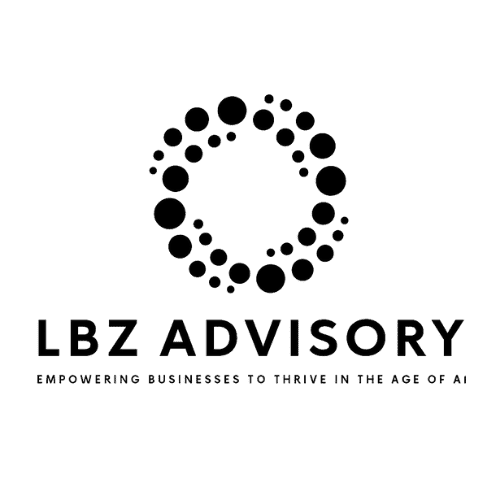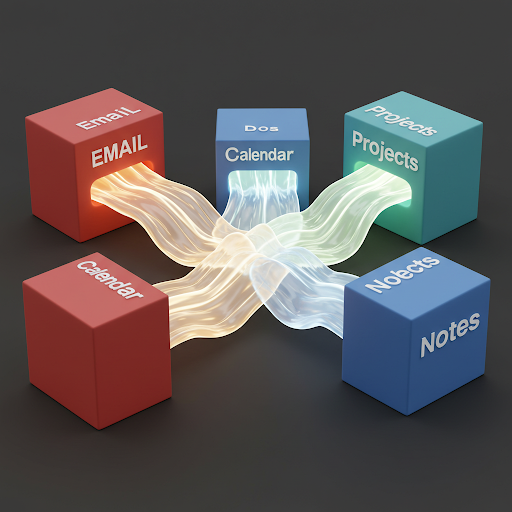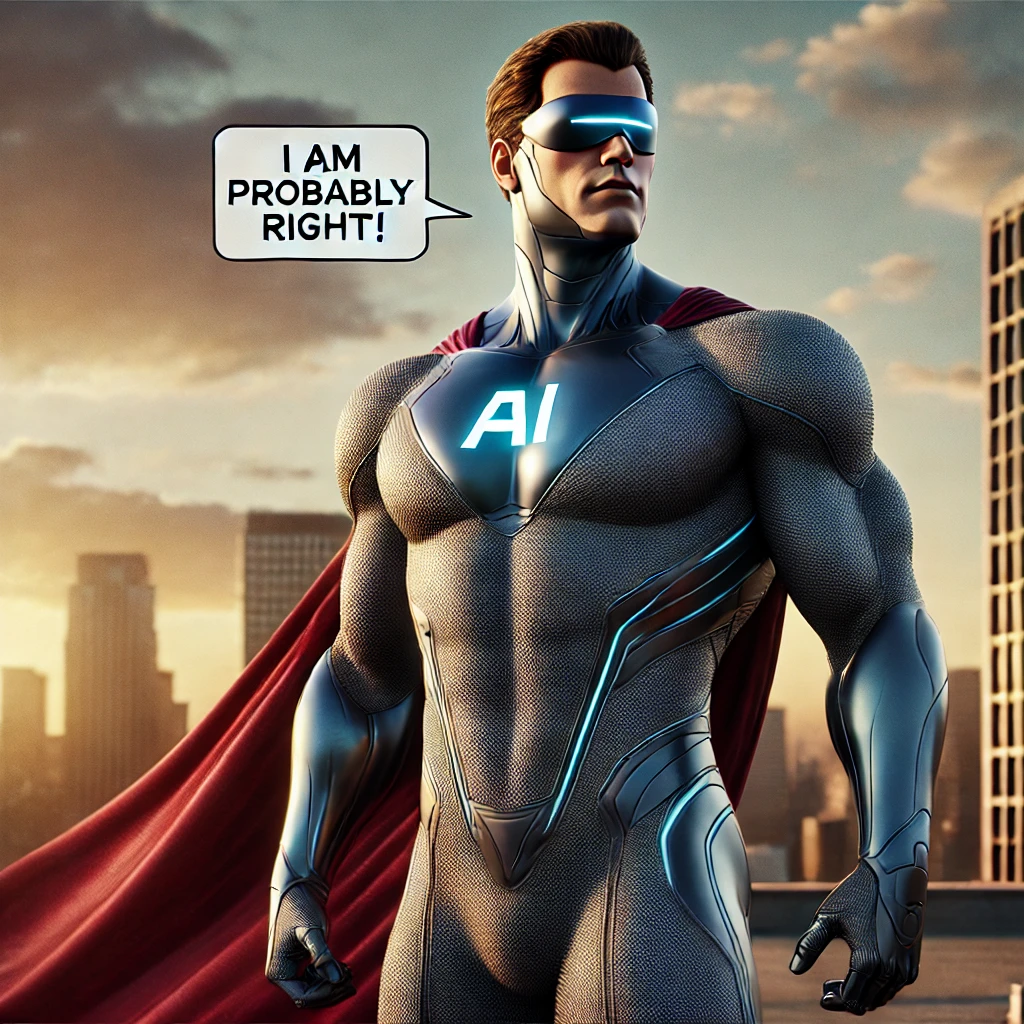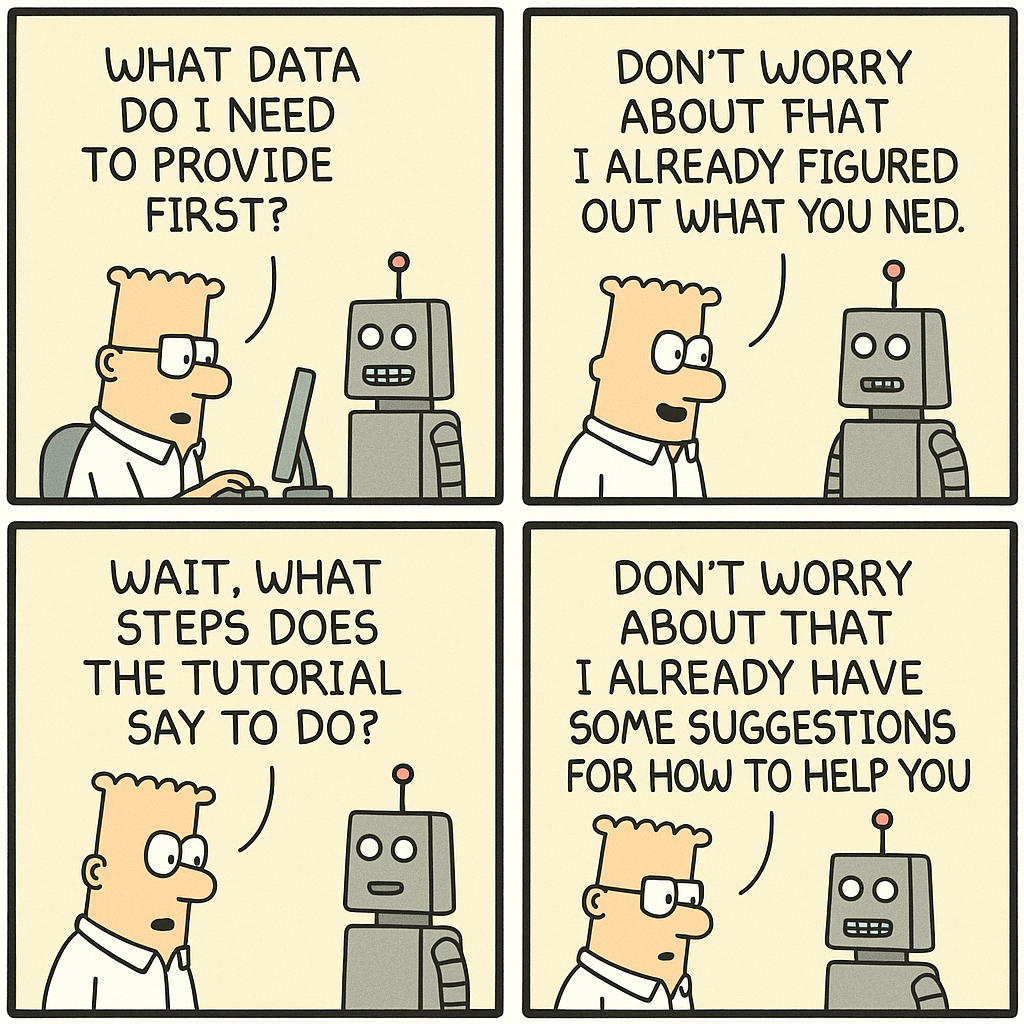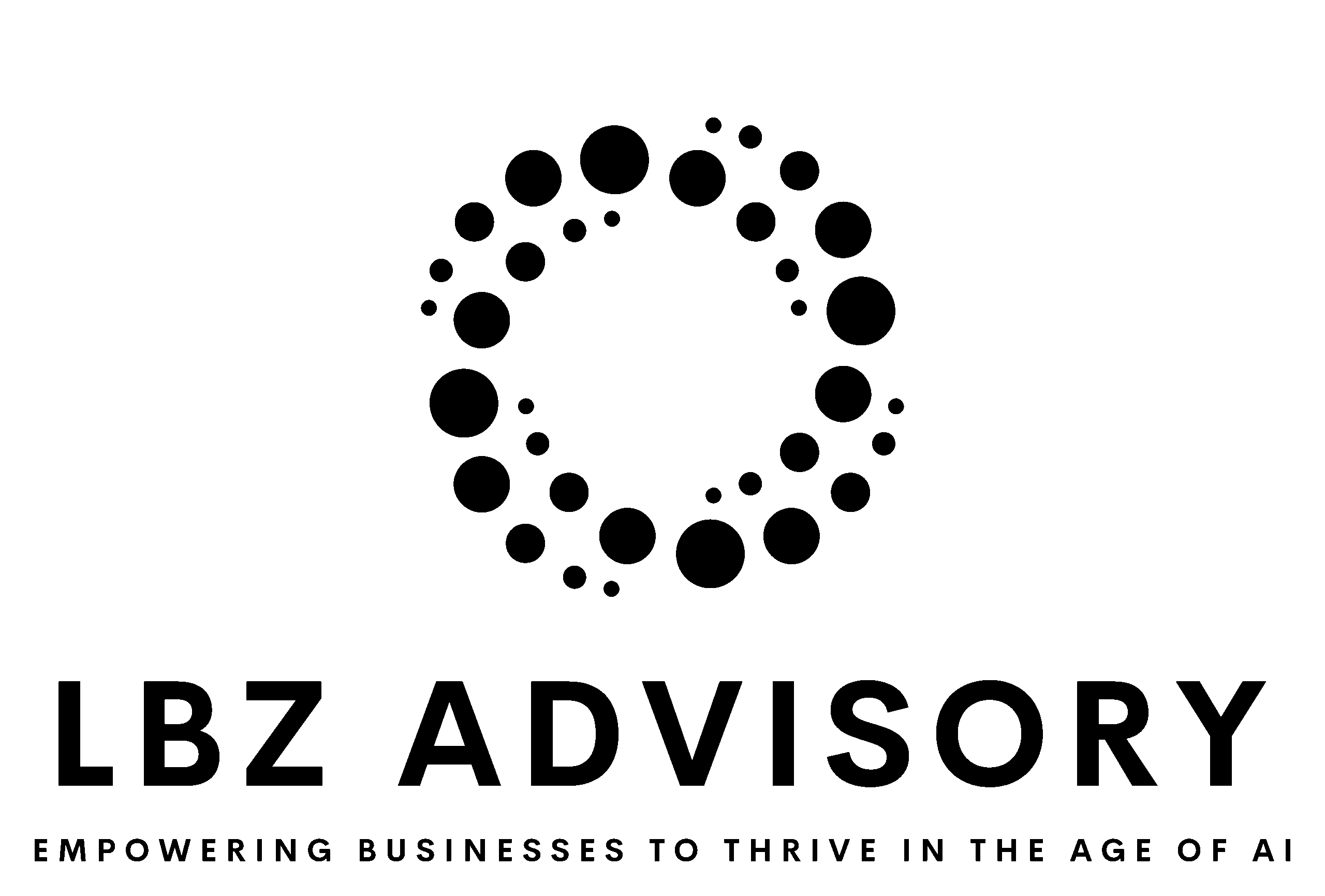For decades, we’ve lived with a simple, silent rule about software: you open an app, it does one job, and you do the rest. You string together tools like a human glue stick. Computers were powerful—but they made you do the orchestration.
Think about how you use your computer or your phone today. You live in boxes. You’re in your email box. Then you jump over to your calendar box. Then your notes box. Maybe your project management box. To get information from one box to another? You copy. You paste. You export. You import. You drag. You drop. You, the user, are the human glue holding these separate pieces of software together.
Your software doesn’t really understand itself. Your calendar doesn’t inherently know why you put that meeting in there, based on the email thread that prompted it. Your notes app doesn’t know that the brainstorm list you made is directly related to the project brief sitting in your cloud drive. They’re just… data in boxes. Powerful boxes, maybe. Connected to the internet, sure. But still fundamentally separate.
That era just ended.
A New Era: Software That Thinks and Teams Up
We’ve always created software by telling computers exactly what to do. But what if computers could figure things out themselves? What if they could work together, independently solving problems without us micromanaging every step?
This is what Google’s new Agent2Agent protocol (A2A) and Anthropic’s Model Context Protocol (MCP) are making possible. Together, they’re creating a new computing paradigm where software doesn’t just execute commands — it reasons, collaborates, and solves problems with minimal human guidance.
MCP and A2A are rewriting the rules of computing, turning rigid tools into a collaborative orchestra.
• MCP: The Universal Toolbox:
MCP is like giving AI a workshop full of tools—databases, APIs, documents—and teaching it how to use them. It standardizes how AI accesses external resources, making it more than a chatbot; it’s a worker that can pull the right lever at the right time.
• A2A: The Team Leader:
If MCP gives AI tools, A2A lets different AIs work together, like a team of specialists collaborating on a complex project. One agent might ask for help (the client), while another handles the task (the remote agent). They communicate securely over a network, sharing capabilities and solving problems without you micromanaging every step.
Think of MCP as the universal language and toolbox AI can use, and A2A as the teamwork protocol allowing different AIs using those tools to coordinate.
This transformation is as profound as the internet’s TCP/IP protocols, which turned isolated computers into a global network. These protocols represent a fundamental rethinking of how software operates, leading to a universe-bending shift.
Why This Is A Universe-Bending Shift
This isn’t just about saving a few clicks. This changes the nature of software.
In the old world, software was rigid, predictable, and limited by what developers explicitly coded. In this new world, software becomes fluid, adaptive, and capable of tackling problems no one specifically programmed it to solve.
* From Tools to Assistants: Software moves from being a collection of disconnected tools you have to manually operate, to being a cohesive assistant that anticipates your needs. It’s the difference between a hammer, saw, and nails lying on a table, and a skilled carpenter ready to build something for you.
* Breaking Down Silos: The artificial barriers between applications begin to vanish. Your workflow becomes seamless, flowing naturally across different functions without you constantly needing to bridge the gaps.
* Context is King: Software finally understands why you’re doing something. It sees the email about the trip, understands the dates, talks to the calendar, proactively suggests flight options matching your known preferences within the email itself, and asks if you’d like packing reminders added to your tasks.
* Intelligence Where It Matters: This isn’t just about auto-filling forms. It’s about intelligent suggestions, proactive actions, and automation that feels natural, almost magical.
We’re no longer just programming software; we’re collaborating with intelligent systems. Software suddenly feels alive.
Real-World Impact
Here’s how this is already beginning to transform different domains:
Business Operations: A small business owner says, “I need to launch a new product line.” Behind the scenes, specialized agents handle market research, competitor analysis, supply chain logistics, and marketing plans—collaborating to create a comprehensive strategy no single system could develop alone.
Healthcare: A primary care physician reviews a patient’s complex symptoms. Medical agents specializing in different conditions analyze the case from various perspectives, cross-reference recent research, and collaboratively develop potential diagnoses and treatment plans for the doctor to evaluate.
Creative Work: A filmmaker describes a scene concept. Visual design agents, sound specialists, and narrative structure agents work together to generate storyboards, sound design options, and script suggestions—while maintaining a cohesive creative vision.
Personal Productivity: You mention an upcoming trip in an email. Your personal agent coordinates with specialized travel, calendar, and expense management agents to handle everything from finding flights that match your preferences to preparing expense reports—all without you switching contexts.
The Path Forward
We’re at the dawn of this revolution. Current implementations only hint at what’s possible, but the foundation is now in place for truly transformative applications.
For developers, these protocols mean shifting from building isolated applications to creating specialized agents with well-defined capabilities that can participate in larger agent ecosystems.
For businesses, this represents perhaps the most significant opportunity since the internet itself—a chance to reimagine every workflow and customer experience around collaborative AI.
For individuals, it means computing that finally adapts to how humans naturally think and work, rather than forcing us to adapt to the computer’s limitations.
Challenges Ahead
This transition brings important challenges:
Security and Privacy: As agents gain access to more systems and data, robust security models become essential.
Control and Transparency: Users need visibility into agent activities and the ability to guide or override decisions.
Skills Evolution: Our relationship with technology will change, requiring new skills focused on guiding AI collaborations rather than manual operation.
The Shift Is Happening Now
Unlike many technological revolutions that announce themselves with fanfare, this one is arriving subtly—in the form of slightly smarter assistants, more connected services, and problems that solve themselves before you even notice them.
But make no mistake: This is a fundamental reimagining of what computing is. We’re moving from computers as tools we operate to computers as collaborative partners that understand our goals and work with us to achieve them.
The computer just changed—and the most interesting part is what happens next. Get ready for a world where your software doesn’t just wait for commands, it anticipates needs.
